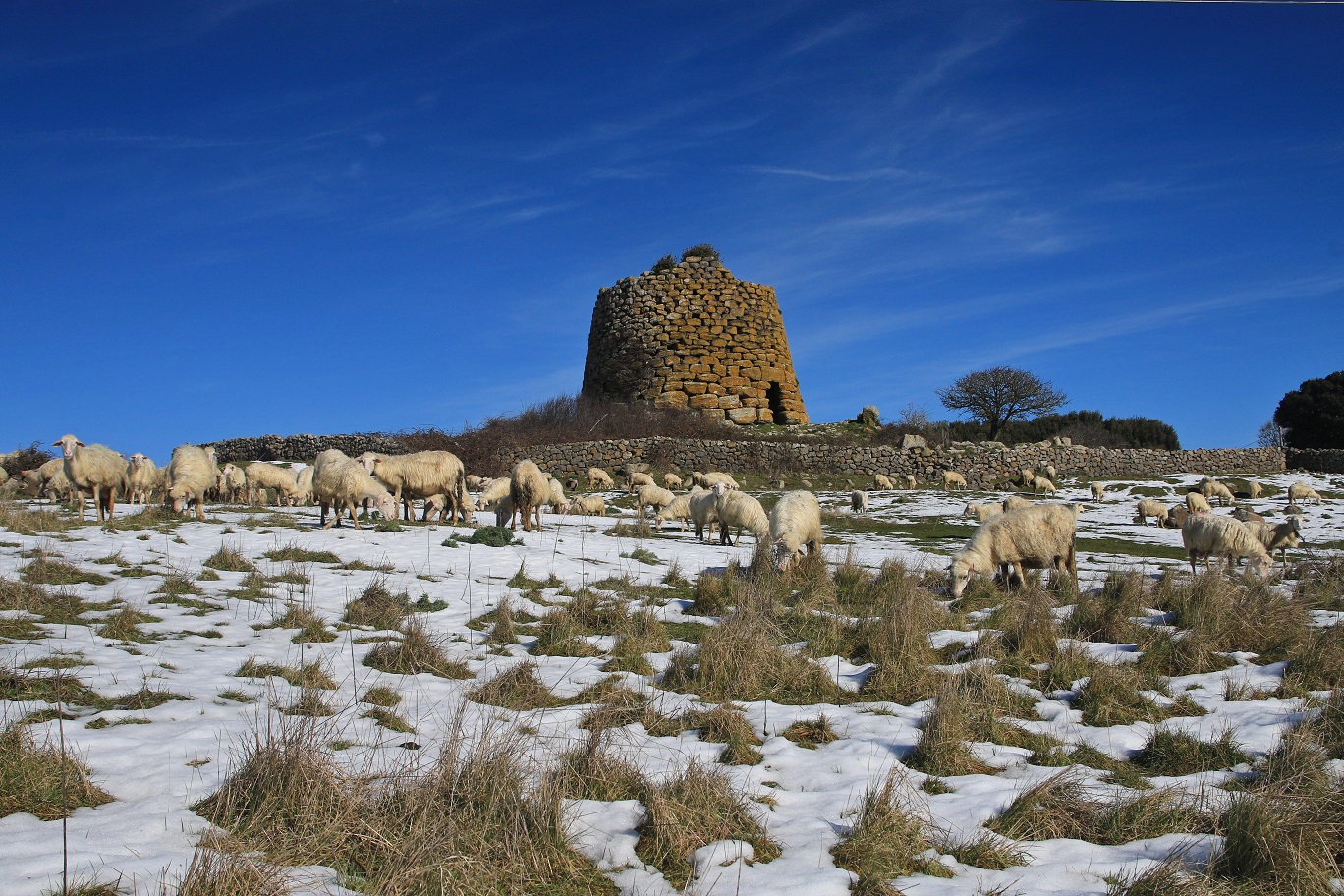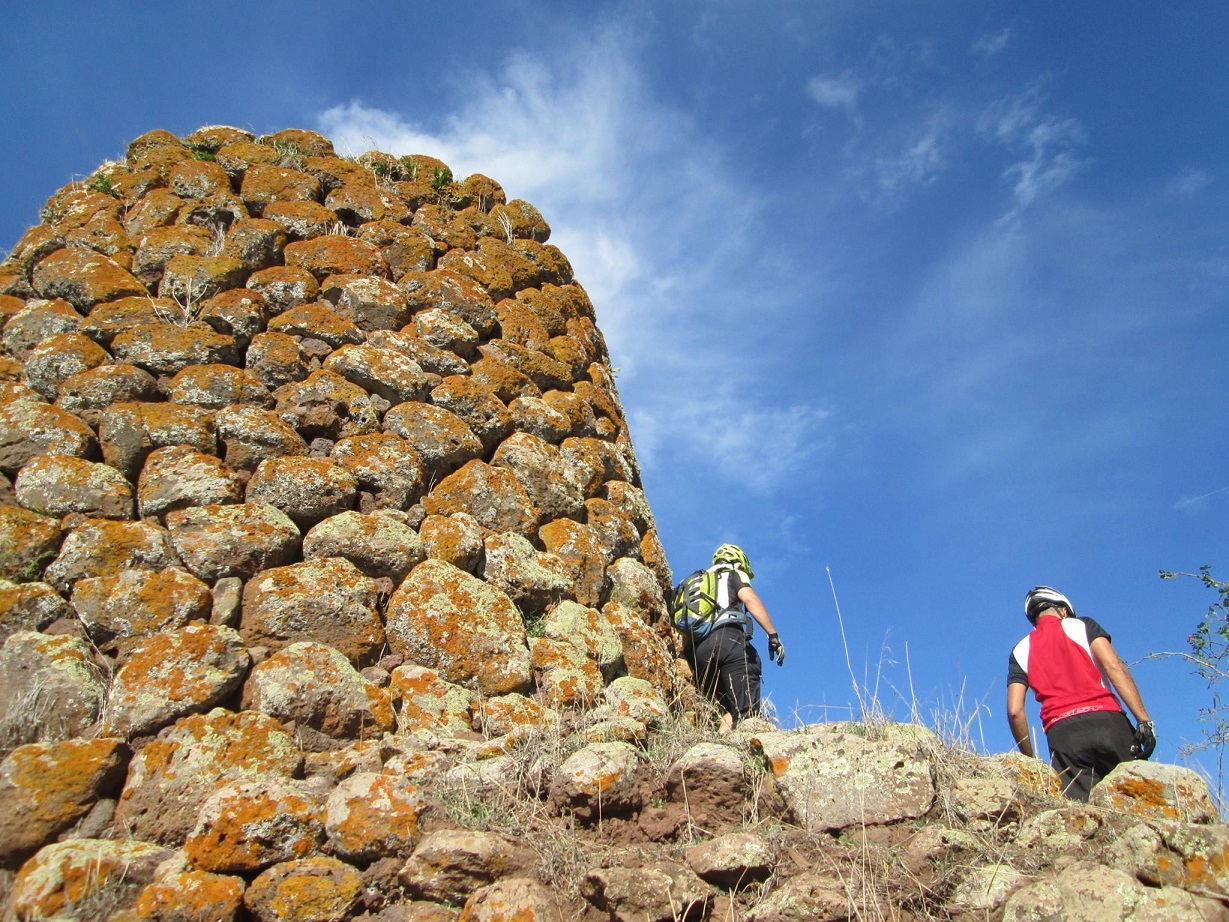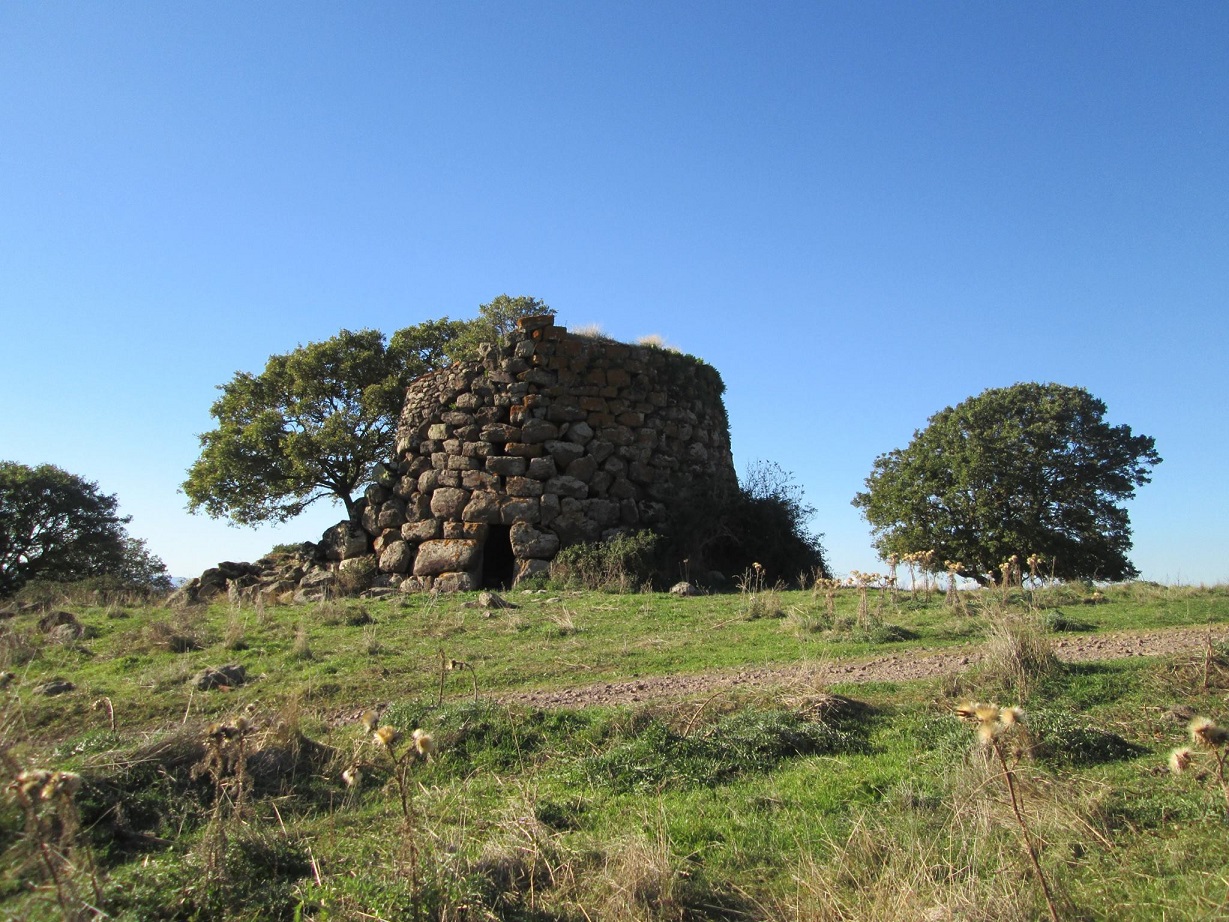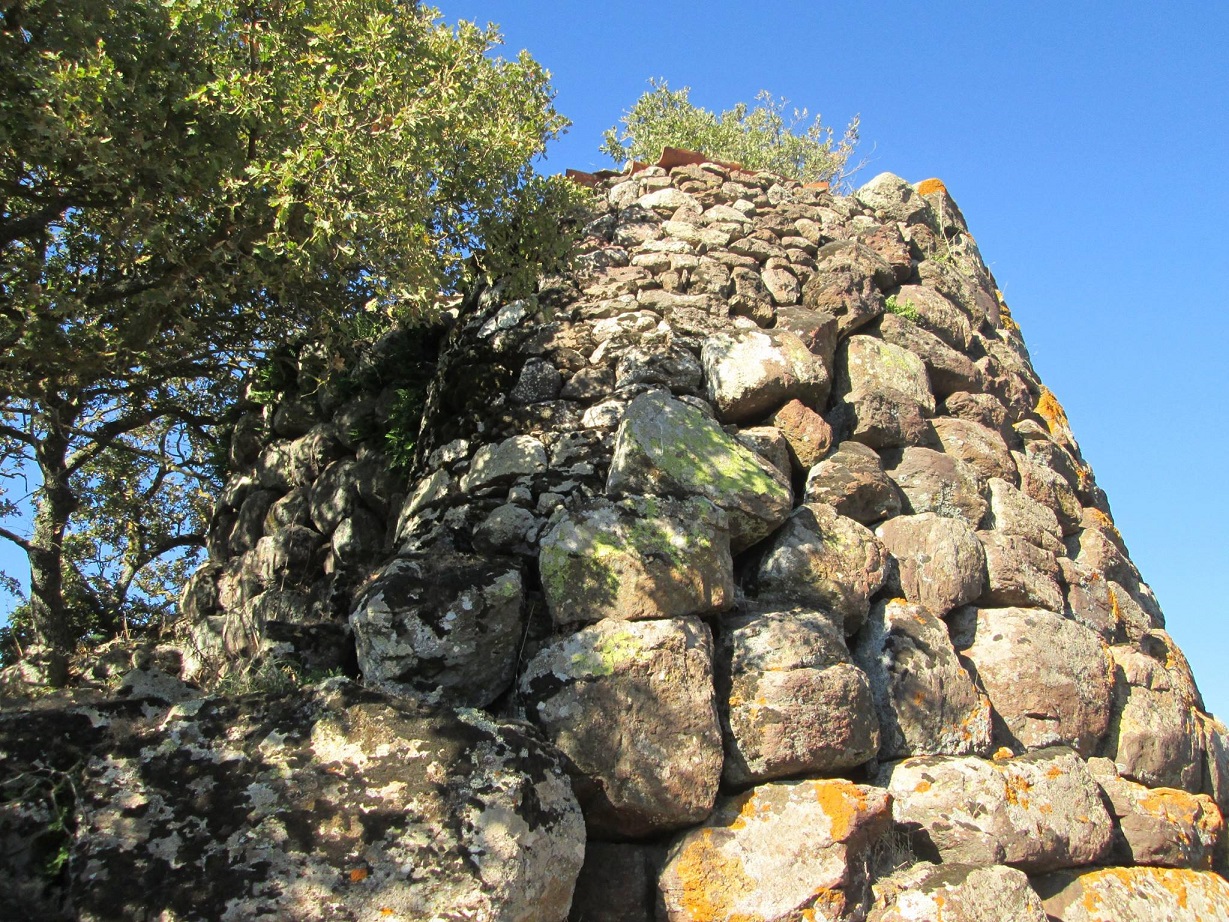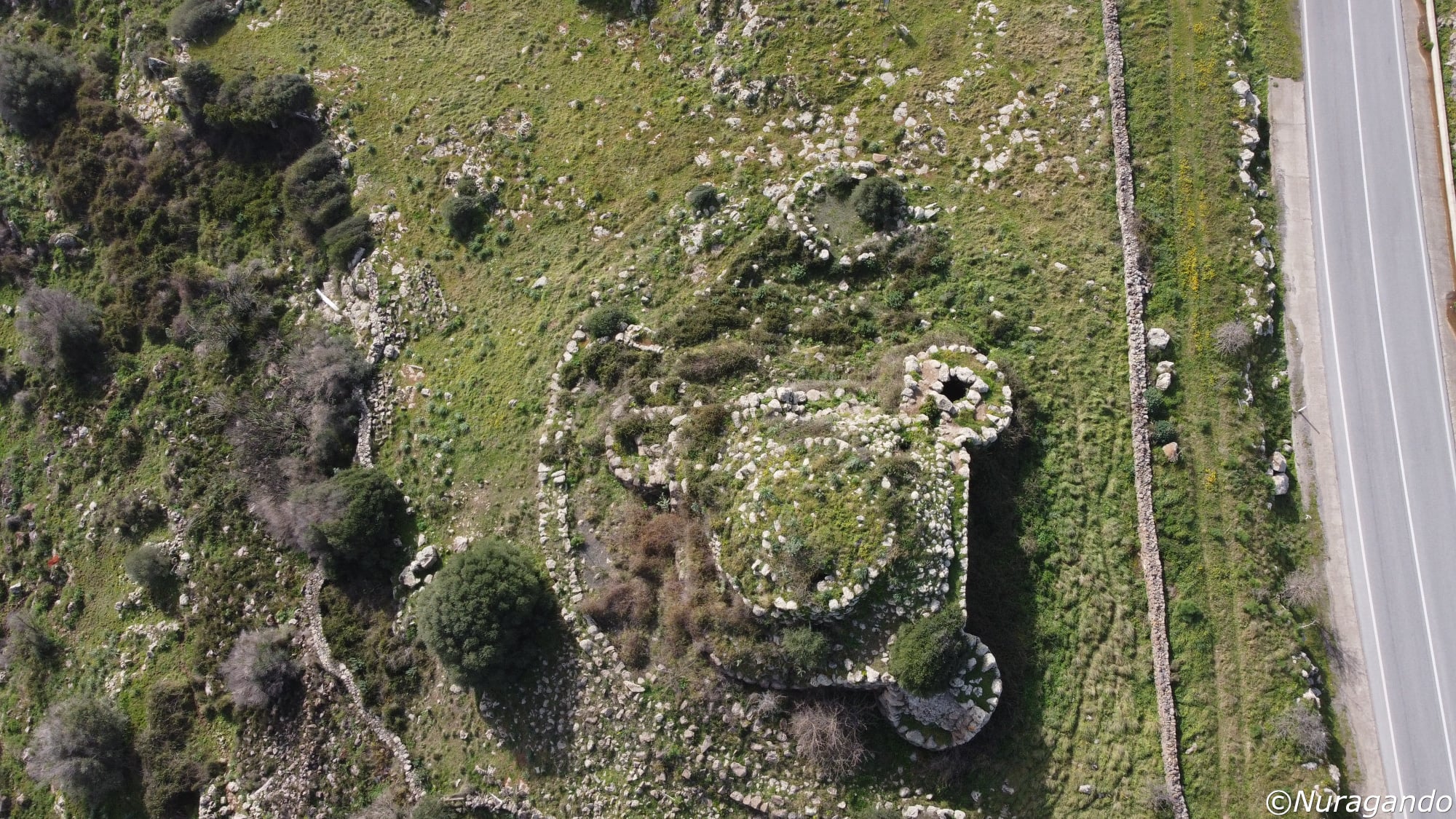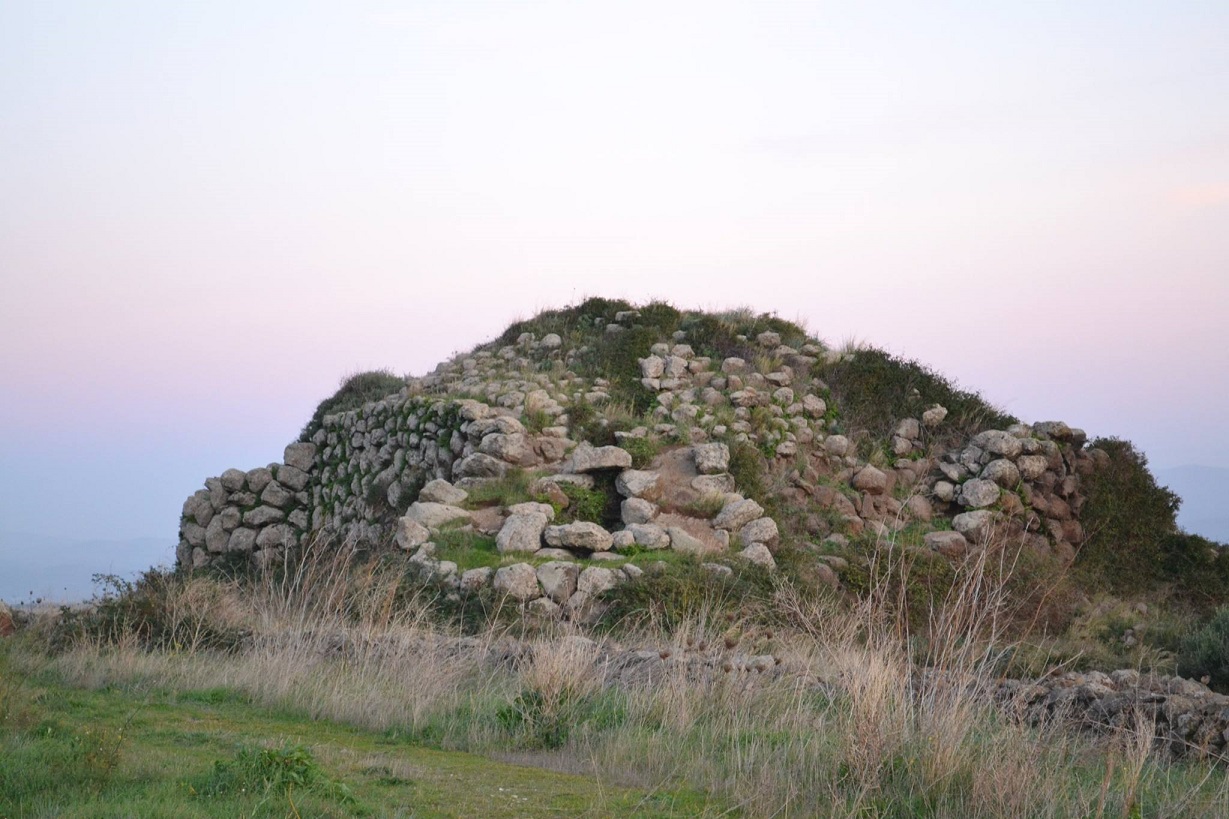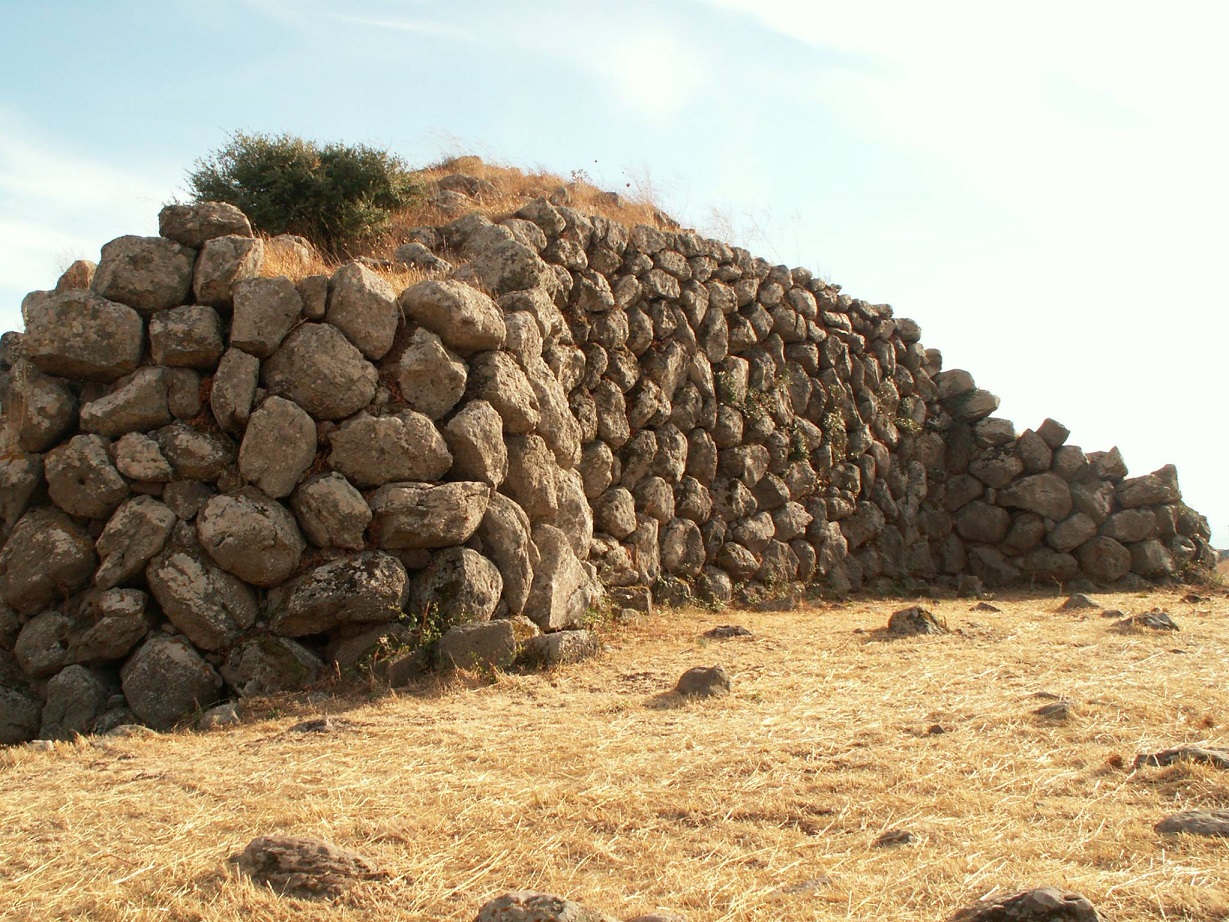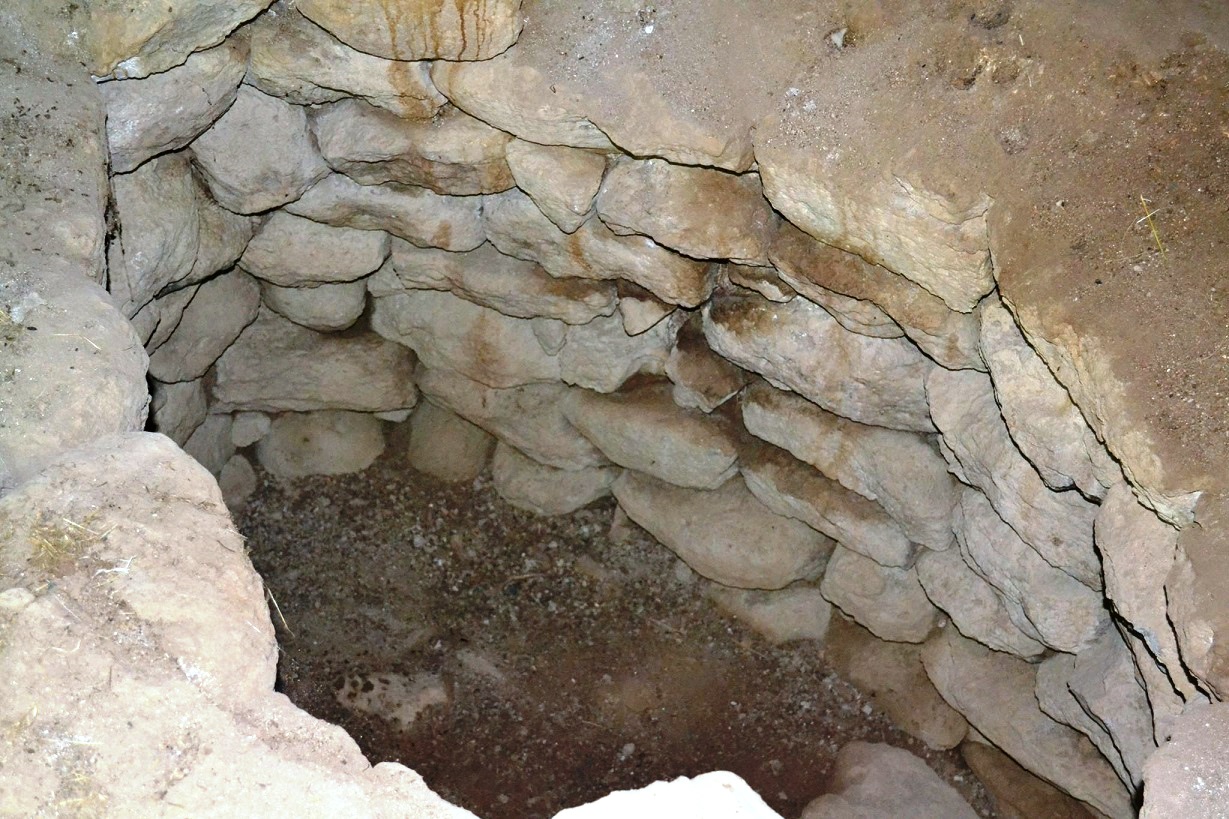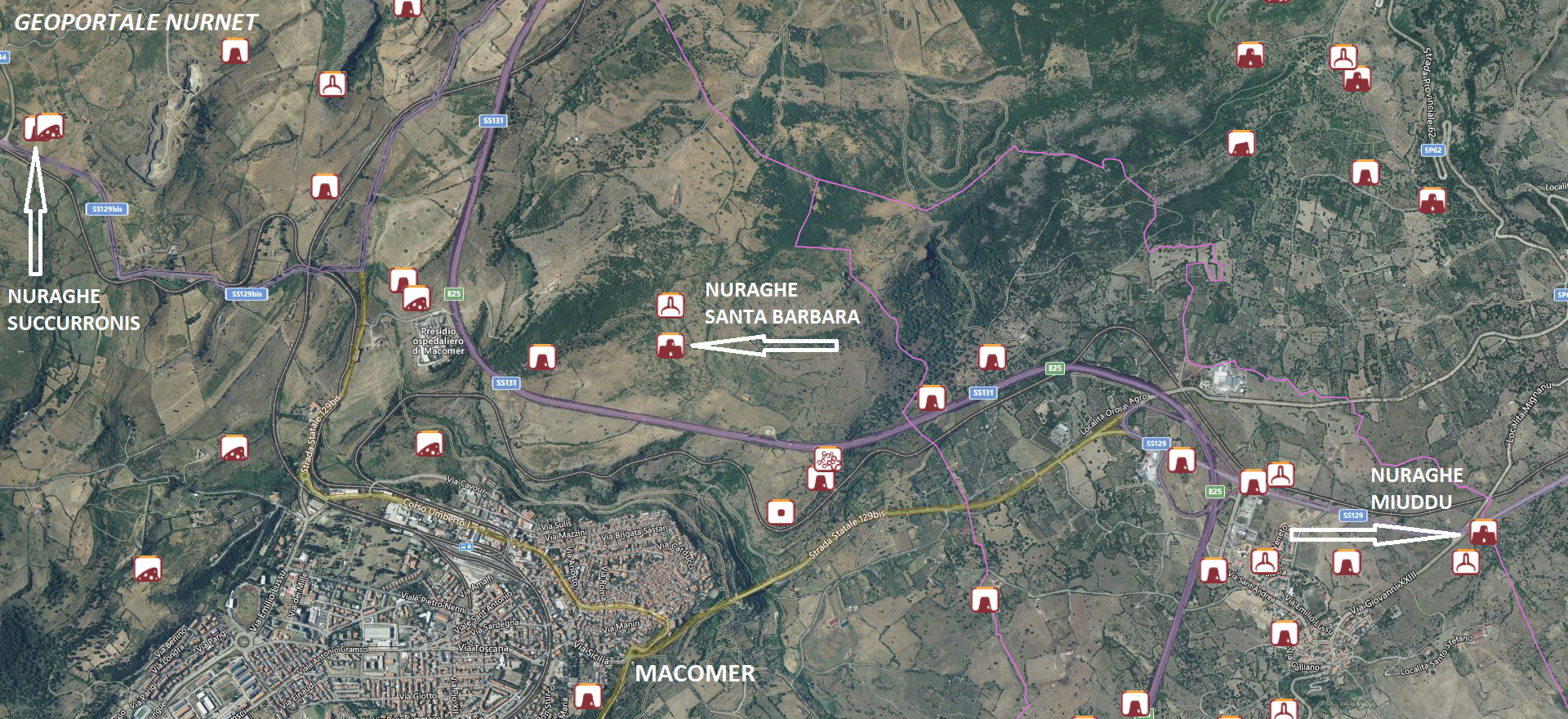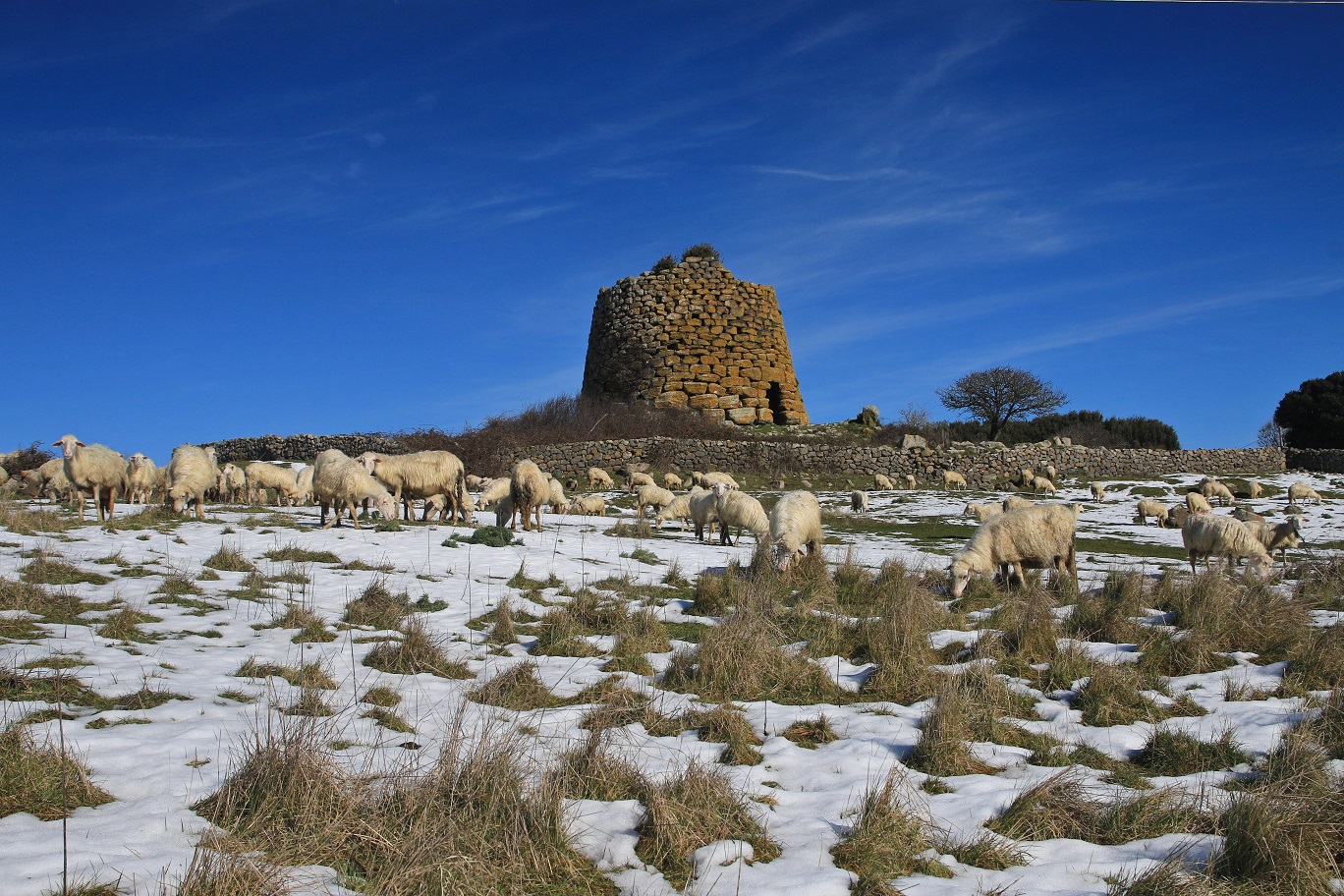In “Archaeological Research in Marghine-Planargia” (“SARDEGNA ARCHEOLOGICA”, series directed by Alberto Moravetti – Carlo Delfino publisher 2000), it is stated that <<…The phenomenon of settlements far from the nuraghi – and therefore seemingly undefended, if one wants to attribute this defensive function to all the towers, which, in most cases, is entirely debatable – should not surprise us if both are part of an organized “political” system with its own territorial scope. Not scattered villages in the territory, autonomous and independent, but elements inserted within a targeted settlement strategy, for which the nuraghi do not serve to protect the individual village, but are distributed – not all – to defend the entire relevant territory, controlling the boundary lines of the “districts”, natural routes, water resources, etc. It should be noted, however, that most of the towers in Marghine-Planargia do not seem to have a defensive character, but rather suggest the idea of “farms”, of inhabited cores sometimes expanded by the presence of huts. Furthermore, it must be considered that almost all of these towers have not been excavated, so we only have a partial reading of many monuments that, upon stratigraphic investigation, could reveal greater architectural complexity or the presence of a village…>>
In the photos, the nuraghi “Succurronis” of Macomer (Gianni Sirigu and Bibi Pinna), “Semestene” of Bortigali (Alessandro Pilia) and “Miuddu” of Birori (Andrea Mura-Nuragando Sardegna and Romano Stangherlin).